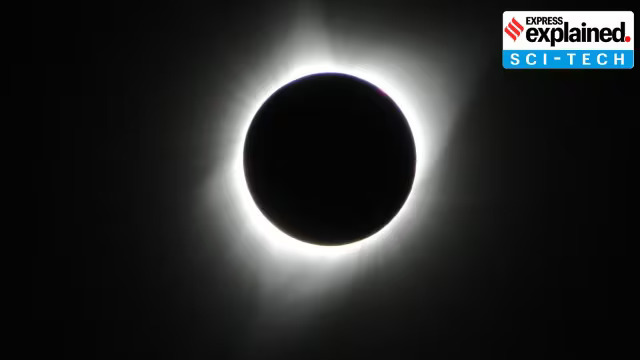
The evening sky, painted in shades of orange, pink, and violet, is one of nature’s most captivating displays. But have you ever wondered what causes this mesmerizing transformation? The answer lies in the interplay between sunlight, the atmosphere, and the angle of the setting sun.
During sunset, sunlight travels through a thicker layer of Earth’s atmosphere compared to midday. This extended path scatters shorter wavelengths, such as blue and violet light, away from your line of sight. What remains are the longer wavelengths—reds, oranges, and yellows—that dominate the evening palette. This phenomenon is known as Rayleigh scattering, a principle that also explains why the sky appears blue during the day.
The intensity and variety of sunset colors depend on several factors, including weather conditions, air quality, and geographic location. For instance, clouds act as natural canvases, reflecting and diffusing sunlight to create vibrant, layered effects. Meanwhile, airborne particles like dust, pollen, or pollution can amplify red and orange hues but might dull the overall brilliance if overly dense.
Seasons also play a role in the colors we see. Winter skies, with their cleaner air, often appear crisper and more vivid, while summer sunsets can be hazier due to increased moisture and heat.
Next time you watch the sunset, you’re not just witnessing a beautiful scene but also experiencing the fascinating science of light and atmosphere at play, creating a unique spectacle every evening.
Post a comment
What makes today’s total solar eclipse so rare?
- 08 Apr, 2024
- 20
How Will the Next Pope Be Decided?
- 22 Apr, 2025
- 2
New twist to Delhi elections: Mamata Banerjee extends support to...
- 08 Jan, 2025
- 3
Amazon India's Initiative at Maha Kumbh Mela 2025: Transforming Delivery...
- 03 Feb, 2025
- 2
Is Your Tulsi Plant Dying? These Simple Tips Will Save...
- 26 Mar, 2025
- 2
Categories
Recent News
Daily Newsletter
Get all the top stories from Blogs to keep track.

















